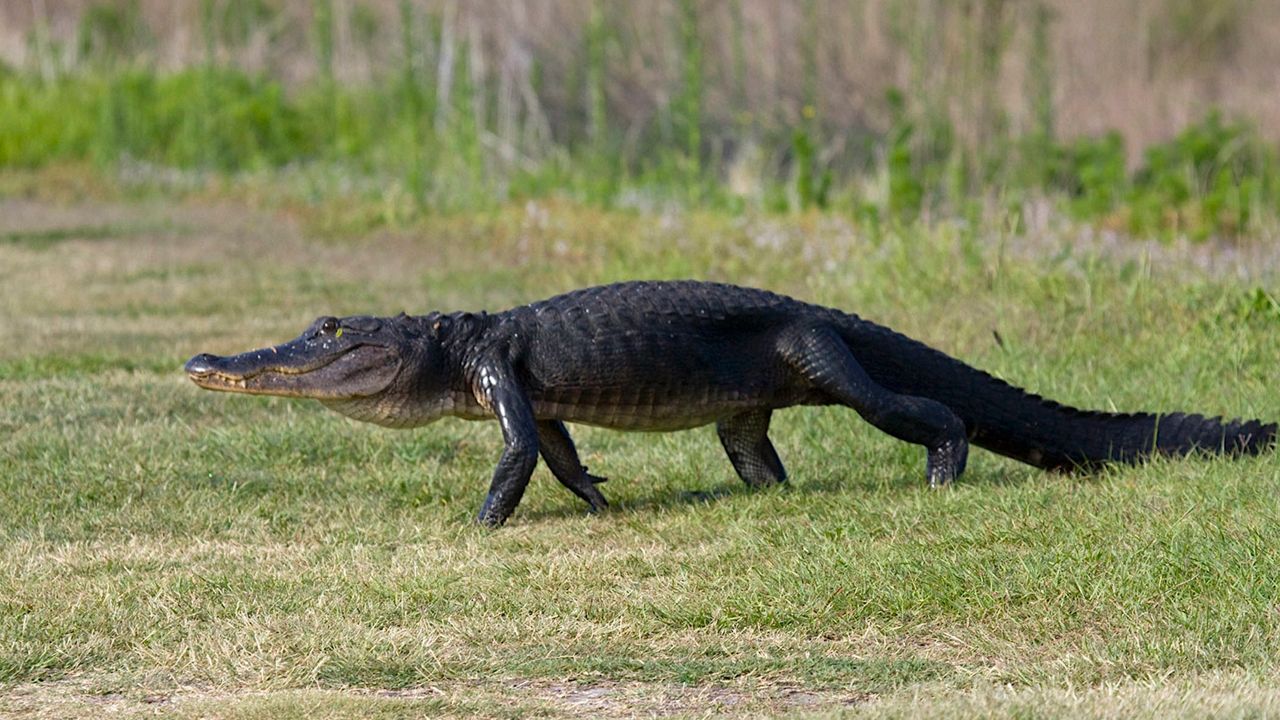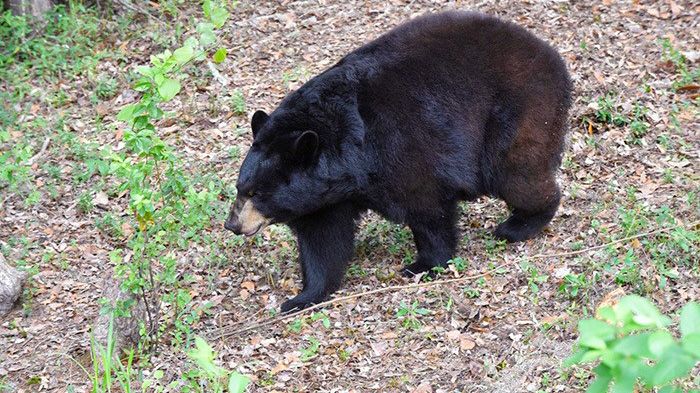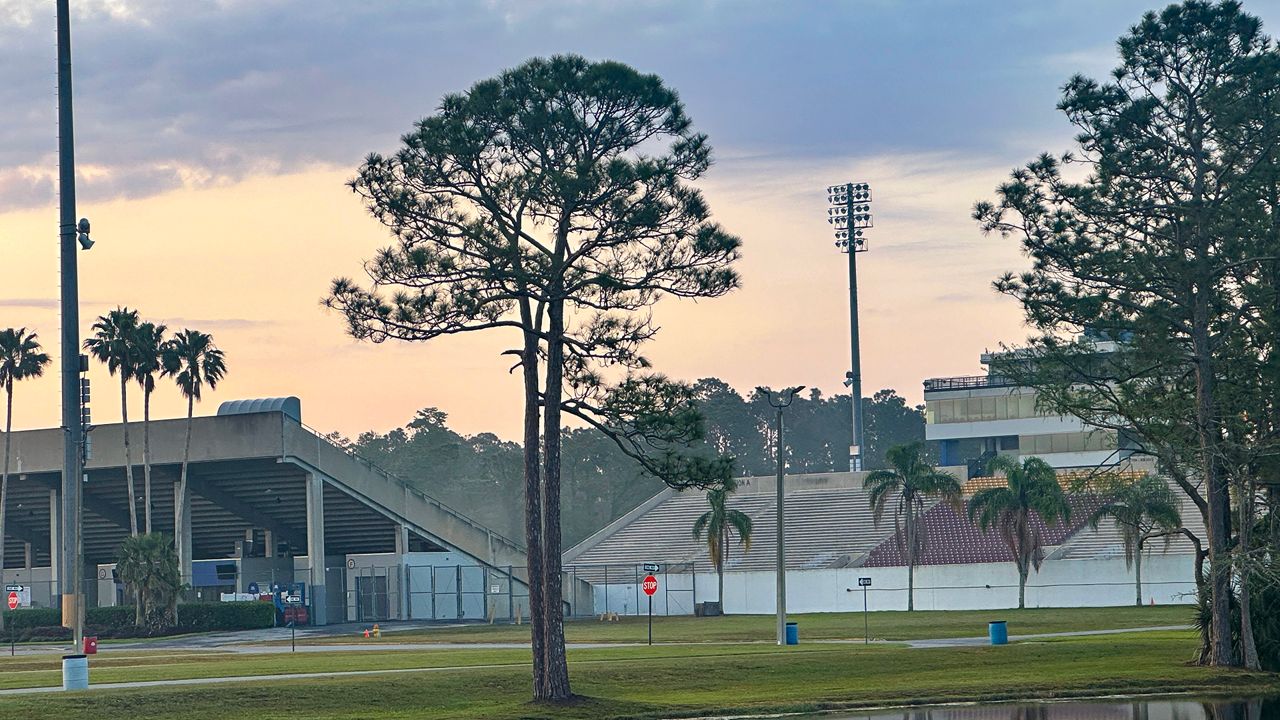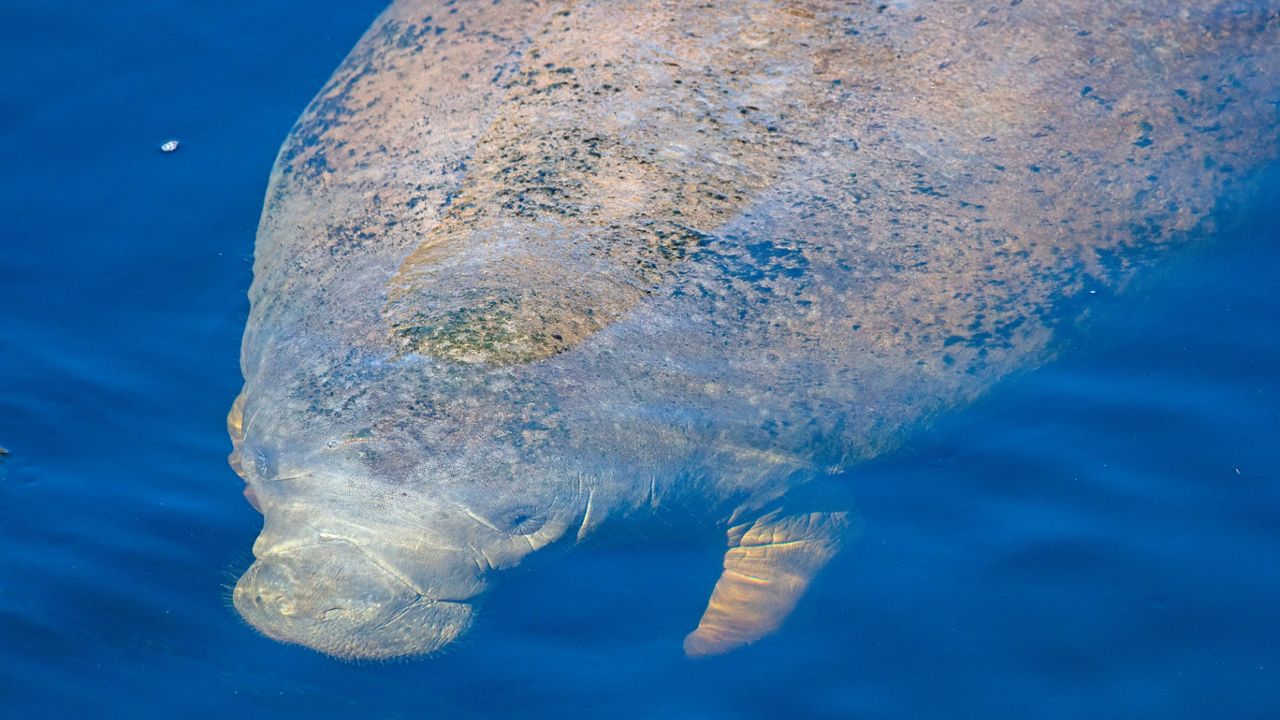ORLANDO, Fla. — An Orlando woman has shared a picture taken of a large wild cat in her backyard that she thinks might be an endangered Florida panther.
What You Need To Know
- Orlando woman shares picture of large wild cat on social media
- She says cat had a long tail and may have been Florida panther
- Experts: Likely a bobcat, but panthers occasionally seen in Central Florida
It all began when they were eating dinner in their Hidden Beach Circle home on Friday evening, May 15.
“My husband looked up and said, ‘Oh my gosh, look at that,’” explained Barby Molnar.
She described what she and her husband, John, saw as a "panther" that they estimated was between 3 1/2 to 4 feet long and about 75 pounds.
As John Molnar snapped the picture, Barby said she went to get her phone in the other room. She said she could see the big cat staring at her through the window, and when she pulled the blinds, the cat took off.
“He had a long tail. I know what bobcats look like. … They have no tails and pointed ears,” she said.
In their picture, shared on the local neighborhood social media platform Nextdoor, the cat's tail is not visible.
Spectrum News 13 shared the Molnars's photo with Dr. K. “Simba” Wiltz, the CEO at Central Florida Animal Reserve. He said it's likely a bobcat. He said a Florida panther’s tail is the length of its body.
Molnar maintains she clearly saw a long tail on the cat.
“As I said, it actually had a long tail, no variation in the color underneath, except paler stomach, no spots or any variations on the legs,” she said.
Wiltz said it was hard to tell in the photo whether the cat had pointed ears, which are characteristic of bobcats, or whether the cat's cheeks were white, which is characteristic of panthers. He added that area of Conroy Road is not known for Florida panther sightings, and big cats like that would need a large area to hunt.
“If it truly is a panther, this young one is passing through,” he commented.
Wiltz said Florida panthers in Central Florida are commonly seen in eastern Osceola County, in rural areas where they are known to walk along some of the roads and where they can be hit by vehicles.
“It is the cars that get them,” he said.
Florida Fish and Wildlife Conservation Commission spokesman Greg Workman said that both he and an FWC biologist think the Molnars' photo captured a bobcat. Workman shared a link on how to identify a panther and another link of panther sightings in Florida. And the FWC has a page that helps explain the difference between panthers and bobcats.
State wildlife experts estimate there are less than 200 adult Florida panthers in the wild. Most live in southwest Florida, though they are occasionally spotted in Central Florida. Male panthers tend to roam, while females stay south of Lake Okeechobee.
Regardless of whether she saw a bobcat or panther, Molnar said, “I would’ve enjoyed seeing either species.”








